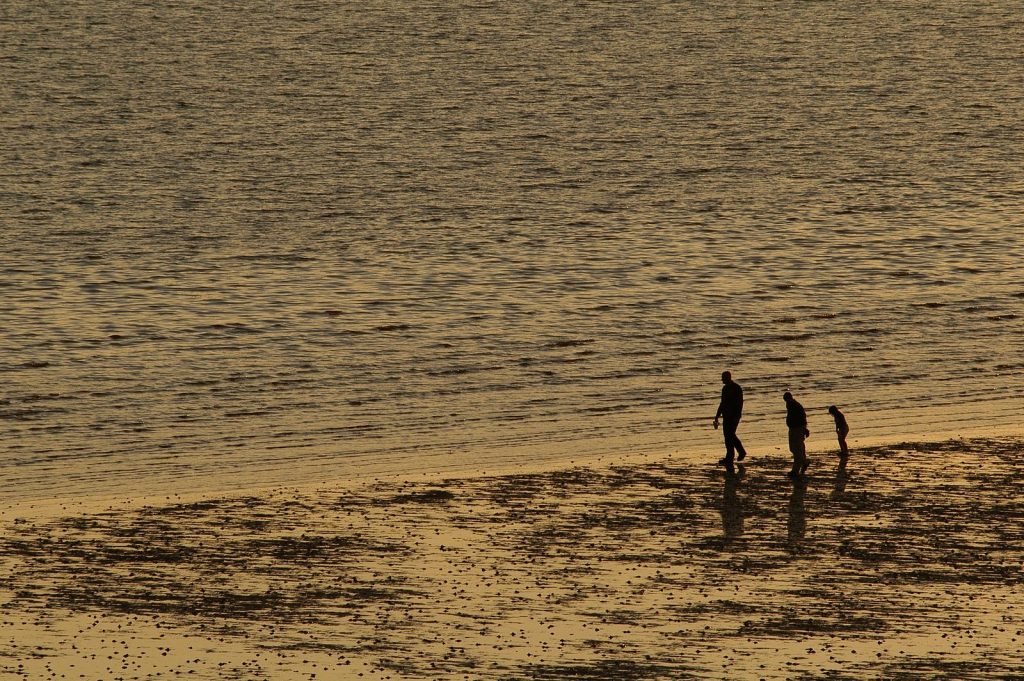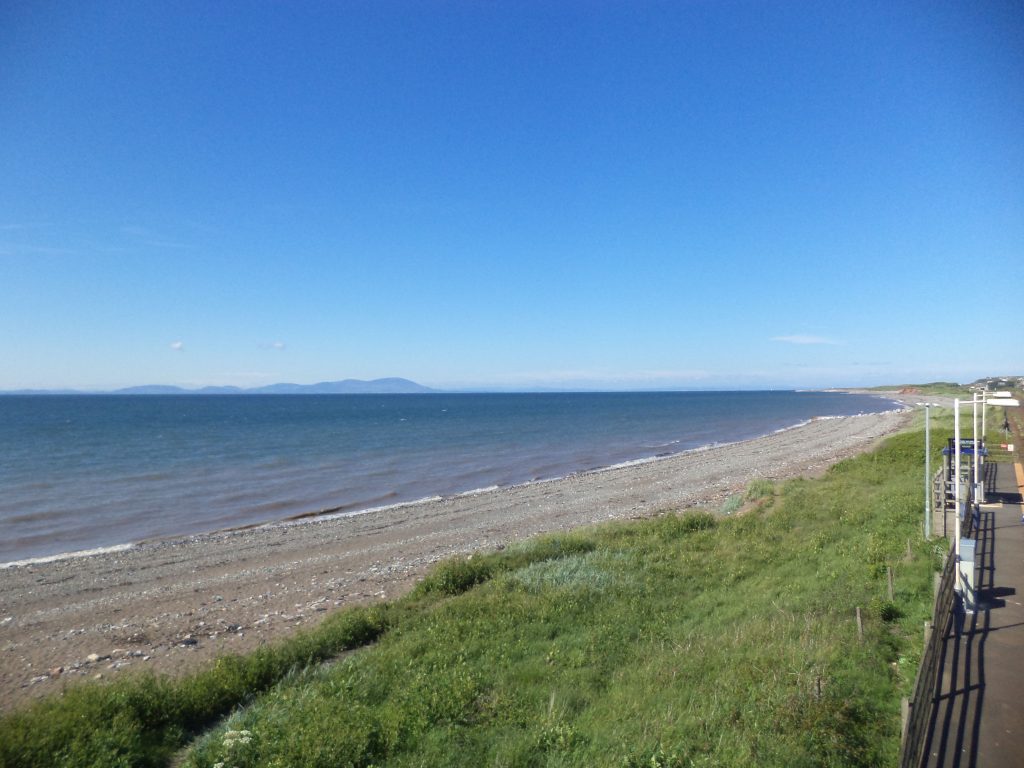Transitional and coastal waters
Classification of water body status
The status/quality of a water body is classified in accordance with Annex V off the Water Framework Directive (WFD) which lists elements for the classification of; rivers, lakes, transitional waters, coastal waters, and artificial/heavily modified water bodies.
‘Good Status’ means Good Overall Waterbody Status, which requires reaching a minimum ‘good’ status for ecological and chemical status for surface water bodies (rivers, lochs/lakes, transitional and coastal waters), or ‘good’ quantitative and chemical status for groundwater water bodies.
The assessment of ecological and chemical status is measured on a 5 status scale; high, good, moderate, poor, bad. Many biological, physical and chemical parameters (or qualitative elements) of a waterbody can be measured and classed and contribute to the overall ecological status of a water body. The parameters fit into four categories; biological, hydromorphological and physio-chemical quality elements, in addition to specific pollutants. Overall classifications for ecological and chemical status are decided and based on the elements with the lowest assessed class.
There is an aim for water bodies to achieve ‘Good Ecological Status’ (GEcS) or ‘Good Ecological Potential’ (GEcP) depending on the origins of the waterbody. Unnatural waterbodies such as, man-made canals, reservoirs etc, or waterbodies which have undergone extensive modifications such as for, flood mitigation, drainage, storage, safety, navigation, etc, seek to achieve GEcP. There are no ‘artificial‘ water bodies in the Scottish Solway Firth, but the ‘Nith Estuary’, ‘River Dee (Loch Ken Outlet to Tongland)’, ‘Tarff Water’, and ‘Black Stank’ are all classed as ‘Heavily modified’ water bodies and flow into the Solway, or in the case of ‘Black Stank’ into Loch Ryan. They are also all rivers with the exception of the Nith Estuary which is classed as a ‘transitional’ water body, and are included in the table below. Maryport and Derwent transitional water bodies are also heavily modified water bodies within the English side of the Firth, indicated in the table below.
Unlike previous legislation, the WFD covers flora and fauna (plants and animals) and addresses any problems that prevent waters from reaching GEcS. Different parameters are used for assessing when a water body reaches ‘good‘ status. There are earlier deadlines but 2027 is the final deadline permitted to reach ‘Good status’.
Image; Flimby. © Solway Firth Partnership






